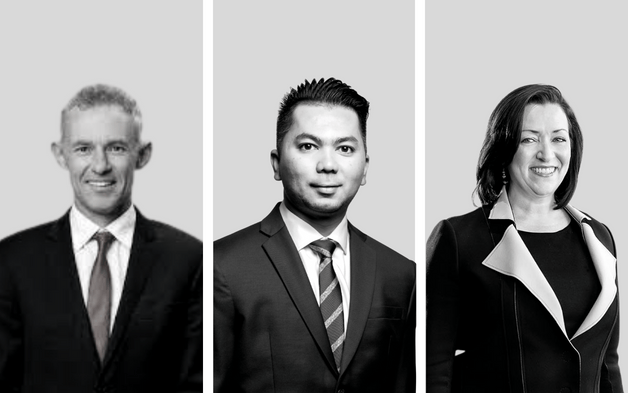Australia’s second-largest superannuation fund, the A$240 billion Australian Retirement Trust, will likely “do more, not less” investing in China, said the fund’s head of strategy, following significant internal debate over geopolitical developments and how they will impact the portfolio.
Speaking at Conexus Financial’s Fiduciary Investors Symposium held in Singapore, Andrew Fisher, head of portfolio strategy at ART – formed last year after the merger of Sunsuper and QSuper – said debate is ongoing about whether and how to invest in China and “the narrative and the position has moved so rapidly” over the past 12 months.
“We will keep investing in China, is my thorough belief, and I think we’re going to do more, not less, because China is going to be bigger as a part of the global economy,” Fisher said, in a panel discussion with heads of funds from Canada and Malaysia.
When Russia invaded Ukraine, the newly merged ART decided immediately to sell all of its investments in Russia, figuring “why are you investing in a country that’s sanctioned and invading other countries?” Fisher said.
He asked hypothetically if it would it be the same playbook if China invades Taiwan, and even whether the fund should “be out of China already” so it doesn’t get “caught out in a similar fashion.”
But the conversation around China is different, he said, as there are no sanctions on China, there is a lot of posturing, rhetoric and propaganda on both sides, and while it is “romantic and compelling to get caught up in all of that…the reality is as Australia, we are right in the middle of this, and…it’s very hard to take sides.”
The fund’s exposure to China is relatively small, making it easy to say the fund will increase its exposure, he noted.
With a lot of uncertainty about the future direction of markets, the fund is focussed on diversification to build resilience, he said. ART was “a little concentrated in terms of the defensiveness in our portfolios…fixed incomes have been quite short duration for a few years now and quite long foreign currencies, underweight Australian dollar.”
The fund is now moving towards a “more balanced position”, and looking more favourably on bonds than previously, he said.
Marlene Puffer, chief investment officer at AIMCo from Alberta, Canada, said AIMCo is working through plans to set up a Singapore office to “have boots on the ground to have a more direct, clear understanding of the complicated region that is Asia and South-East Asia.”
Eliminating home bias is a clear focus at the moment to build resilience through geographic diversification, as the fund has “more Canadian equities than we should,” Puffer said.
Innovation is driving growth across the region in areas like food and agriculture, she said. “We think of Singapore as a hub of investment activity where many managers who are permeating the rest of the region have been settling here.”
The office, which the fund expects to have between 15 and 20 people over the next couple of years, will focus primarily on infrastructure and renewables, public equities and private equity, and further diversification within some of the fund’s private asset strategies.
The fund previously had a Hong Kong office but “it’s much easier to make a choice for Singapore rather than Hong Kong at this moment,” Puffer said. “China’s growth is a complicated story at this time, and we’re definitely underweight China.”
Also on the panel was Abbas Ramlee, chief strategy officer at Permodalan Nasional BHD, one of Malaysia’s largest fund management companies. With a focus on the retail market, the fund has around a third of Malaysia’s population as contributors, Ramlee said.
Close to 95 per cent of the bank’s assets are located in Malaysia, and the bank is “close to business owners ourselves,” which helps drive value creation activities. However in the past five-or-so years, PNB has started gradually diversifying outside of Malaysia, and increased exposure to other asset classes, “trying to give better optimised risks to our unit holders.”
Investors in South-East Asia need to develop an understanding of each country, he said, as there is enormous variation between countries in the region, and in the investments that are favourable in each country.
Ramlee said employing dynamic asset allocation helped the bank take advantage of macro trends. “So, for instance, going a bit more aggressive in inflation protection assets, real estate, infrastructure, things like that to really try to provide resiliency in our portfolio.”



